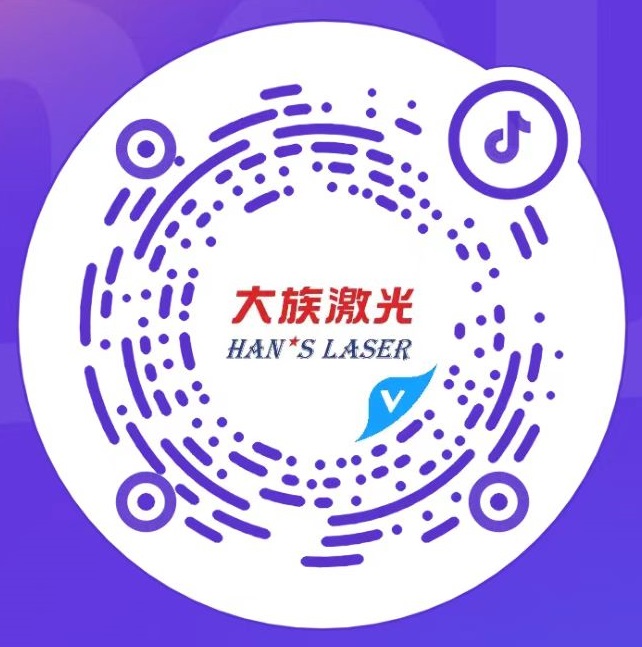How to achieve dissimilar material welding with laser

The core of laser welding for dissimilar materials lies in utilizing its extremely high energy density and excellent controllability to overcome the significant physical and chemical property differences between different materials.
The main challenges in laser welding of dissimilar materials
Differences in physical properties, including variations in melting points, thermal expansion coefficients, thermal conductivity, specific heat capacity, and metallurgical compatibility.
So how can lasers overcome these challenges?
1. Control heat input and molten pool behavior
2. Use interlayer material (when the direct weldability between two materials is extremely poor, introduce a third material as a "mediator")
3. Filler wire
4. Advanced laser technology and processes
Laser welding of dissimilar materials is not simply about "melting" the two materials to mix them together, but rather a precise metallurgical process control. Its core concept is:
Utilizing the unparalleled energy control precision of lasers, techniques such as "beam offset" and "oscillating welding" are employed to precisely regulate the morphology, temperature, and dwell time of the molten pool. Complemented by "interlayer materials," the goal is to minimize the formation and growth of detrimental brittle phases (particularly intermetallic compounds), thereby achieving a metallurgical bond between two inherently incompatible materials that is both robust and possesses sufficient toughness.








